In this age of advancing artificial intelligence, it’s unsettling to think that your phone can know more about you, than you about it. HTC’s new U Ultra purports to learn your habits, and warn you ahead of impending problems.
So if you’re at home and about to embark on a big night out, and it notices you have calendar entries, but not much power left, it’ll suggest you charge it before stepping out. It also keeps tabs on who you call and the apps that you use. If you have been ringing one number a lot it suggests a shortcut for that person’s phone, instead of another number you call infrequently. The same applies for the apps.
But is this really artificial intelligence? Not really, it’s just clever programming that keeps count of apps you use, checks where you are and where you are going, along with a heap of other metrics. It’s an innovative idea as long as you aren’t too worried about the privacy implications.
The HTC Sense companion app does have some other nifty features such as “smart boost”, which optimises performance, gives recommendations for restaurants and traffic updates. But this is available already through the Google Now launcher. It seems a duplication of the smarts built into the OS.
If you want to try some standard Android smarts, head to the “smart lock” features in security settings. With “on body detection”, the phone stays unlocked while you carry it, there’s “trusted places”, locations where your device can remain unlocked and “trusted devices”, where the phone is unlocked if it is connected to your Bluetooth watch or your car’s Bluetooth audio system.
There’s also “trusted voice”, so when you and only you say “OK Google”, the phone unlocks. Use them carefully however. You’ve got to trust the people you live or work with when using “trusted places”. They could access your unlocked phone if you leave it around. And you hope people don’t have a recording of you saying “OK Google”. I’d recommend turning these off and sticking with HTC’s fingerprint scanner on the home button that unlocks the U Ultra in a flash.
The second screen
The other novel new feature is the phone’s second screen. Physically there is only one screen, but it behaves like there’s a ticker running across the top of the display. You can scroll that ribbon-like ticker independently and select options even when the main display is off.
When you pick up the phone in sleep mode, the second screen will light up to show the time, temperature, a short reminder message you create, and you can adjust basic settings such as Wi-Fi and Bluetooth. There’s an option to access the camera.
When the phone is active, the second screen is more comprehensive, also offering you buttons for calling and texting six selected contacts, and accessing six apps. The ribbon displays your next calendar event, weather over six hours, and you can play and pause music tracks. I really like HTC’s second screen concept, which could become even more useful in time. It would be easier to scroll if it was a bit wider too.
The U Ultra is a big phone with a high resolution 5.7-inch Quad HD display. It’s LCD not AMOLED, but colours look great and images sharp.
HTC has ditched the machined build it plugged in previous years for a modern-looking glass and metal body. My review unit had a shiny “sapphire blue” back that’s stunning but a fingerprint magnet. HTC provides a transparent plastic cover for the phone, but we don’t know how your phone will fare if you drop it from any height.
The iPhone 7 malady
The U Ultra shares the iPhone 7’s disease. It’s without a 3.5mm audio jack. Instead HTC supplies earbuds that plug into the phone’s USB-C slot, which you also use for charging. When you start listening to music, the phone offers to create a personal audio settings file for you. It says it is scanning your ear structure with a sequence of specially tuned sounds. It did this in an instant. I really enjoyed music on this phone, which features HTC BoomSound. Even without headphones, the sound is good.
The U Ultra has a Qualcomm snapdragon 821 processor, which is also slated for several 2017 phones, for example the Xiaomi Mi 6 and LG G6. There’s 64GB of storage, expandable to 2TB with a microSD card. It can be used as “flex storage” — an extension of internal storage — rather than treated as a separate drive.
The U Ultra uses Android version, 7.0 Nougat, and features a 12MP back facing snapper with 4K video recording and a 16MP selfie camera. The front has a bigger sensor but you get a large 1.55m pixel on the back camera — as you do with Google Pixel handsets.
The U Ultra has fast charging, which is just as well. On busy days I found it chewed through juice in the 3000 milliampere hour battery. At 3450mAh, the Pixel XL, which is a good comparison, has a significantly bigger battery.
This is the best premium phone HTC has produced for a few years, but it’s not the best premium phone. It lacks some high-end features that you get on premium phones, such as Samsung’s Knox security platform, and water resistance. That wouldn’t be an issue if it wasn’t for the price — a whopping $1199 outright. So you expect the best. The Taiwan manufacturer would be better making U Ultra phones less expensive to rebuild the market share and consumer loyalty HTC once enjoyed.
Reader comments on this site are moderated before publication to promote lively and civil debate. We encourage your comments but submitting one does not guarantee publication. We publish hundreds of comments daily, and if a comment is rejected it is likely because it does not meet with our comment guidelines, which you can read here. No correspondence will be entered into if a comment is declined.





